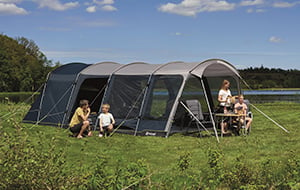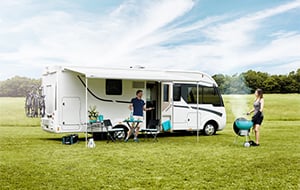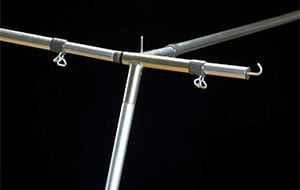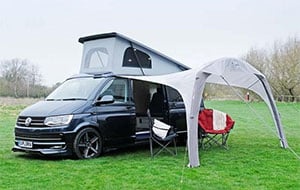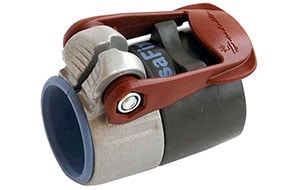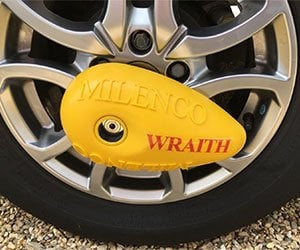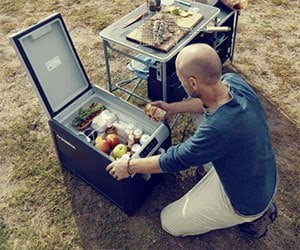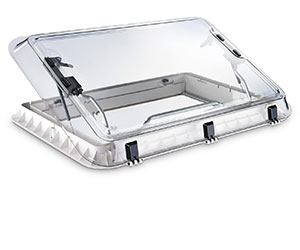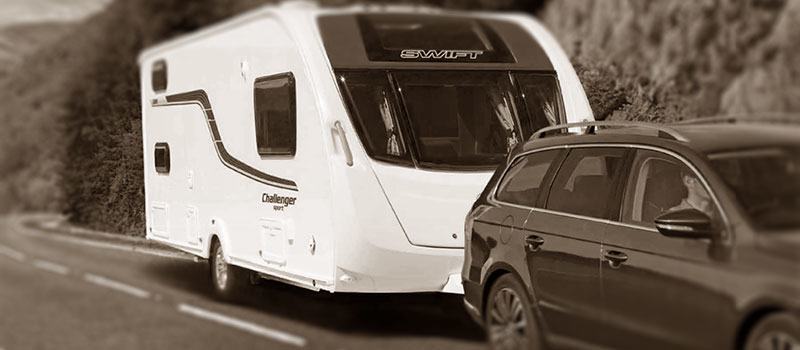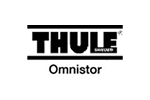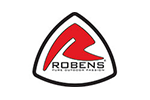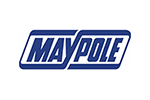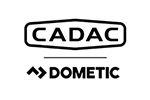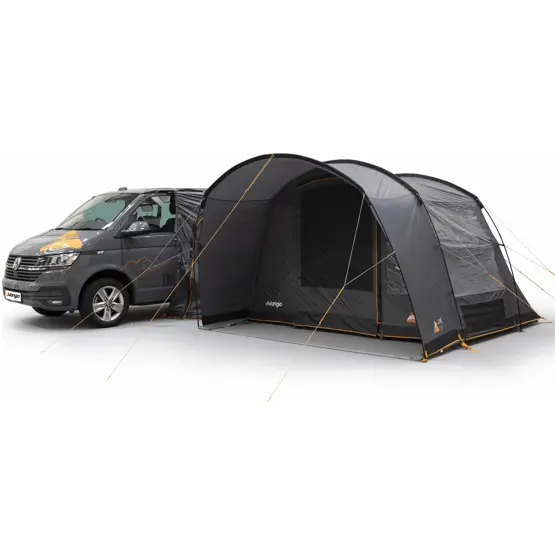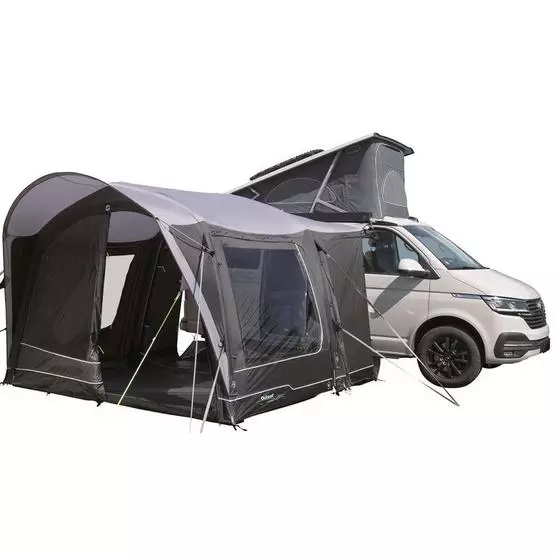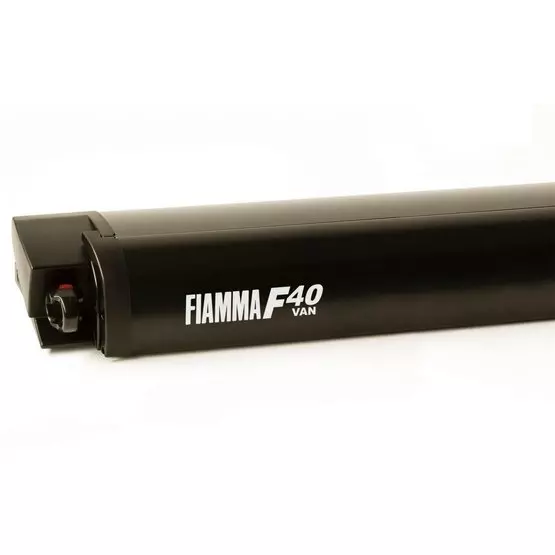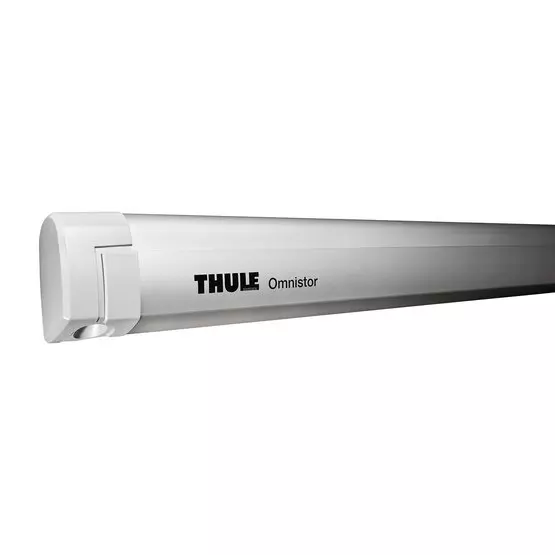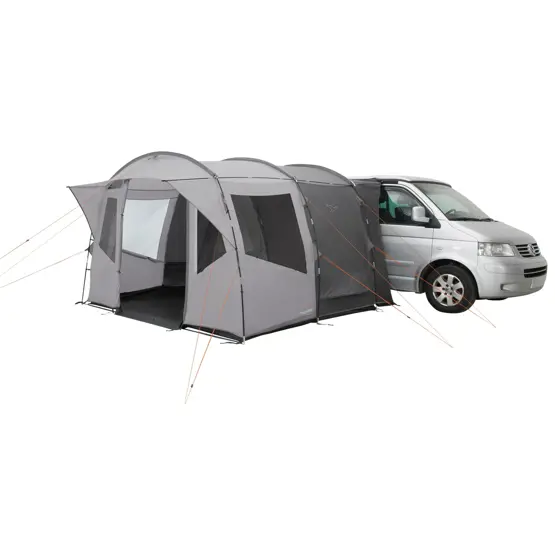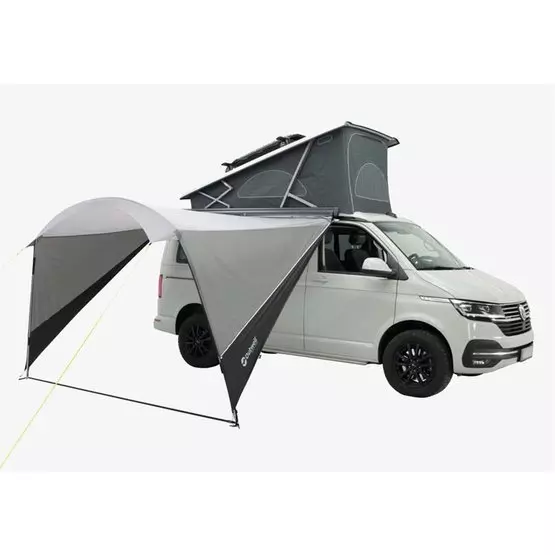Frequently Asked Questions About Campervan Awnings
Common causes include fabric jamming in the roller tube due to uneven loading, motor thermal overload from excessive strain, or mechanical issues like bent awning arms and worn gears. For wind-out awnings, check power supply to motor, inspect for debris blocking movement, and examine mounting brackets for looseness. Drive-away awnings may bind if fabric isn't properly tensioned or beading has twisted in rails. Low battery voltage, blown fuses, or corroded wiring connections frequently cause electric awning failures requiring systematic electrical diagnostics.
Always pack awnings completely dry - even slight dampness creates ideal mould conditions in dark, enclosed storage. If forced to pack damp, extend and dry within 24 hours to prevent spore formation. Clean awnings before storage using specialised tent cleaners, never household bleach which strips waterproof coatings. Store in breathable bags avoiding plastic that traps moisture. For cleaning established mould, use diluted anti-fungal cleaners followed by thorough rinsing and complete air-drying. Re-waterproof fabric after mould treatment as cleaning removes protective coatings.
Water pooling occurs when awnings lack sufficient slope for drainage, fabric becomes loose creating low spots, or debris blocks natural run-off channels. Prevent pooling by maintaining proper fabric tension, positioning one awning leg lower than the other to create drainage gradient, and clearing leaves or dirt from fabric channels. During rain, gently push pooled water toward edges - never leave water standing as accumulated weight can tear fabric or damage support arms. Use awning support poles or rafters in heavy rain to maintain fabric shape and prevent stress concentration points.
Drive-away kits use double-sided kador strips with beading on both edges - one side slides into your van's awning rail, the other connects to awning beading via figure-of-8 plastic connectors. Standard kits include 3-4 metres of 6mm-to-6mm kador strip and multiple figure-of-8 sections. For Fiamma wind-out awnings, use 4mm-to-6mm kits as cassette rails have narrower channels. Figure-of-8 connectors slide over awning beading, then kador strip threads through creating secure, waterproof connection. To drive away, simply slide out figure-of-8 connectors leaving kador strip in van rail for quick reconnection.
Awning fabric stretches over time from UV exposure, repeated wetting/drying cycles, and mechanical stress during setup. For wind-out awnings, adjust tension using knob adjusters on awning arms - turn clockwise to increase tension but avoid over-tightening which can damage fabric or mechanisms. Drive-away awnings require proper guy-rope tensioning and stake positioning to maintain fabric tautness. Replace worn or damaged adjustment mechanisms promptly as loose fabric increases wind catch and stress loads. Severely stretched fabric may need professional replacement as excessive sagging indicates structural integrity loss.
Clean awnings every 3-6 months using mild soap and soft brush, thoroughly rinsing and air-drying before storage. Lubricate wind-out awning mechanisms annually with silicone-based lubricants avoiding petroleum products that damage seals. Inspect fabric for tears, UV degradation, or waterproofing failure at season start/end. Check mounting bolts, arm pivots, and electrical connections for corrosion or looseness every six months. Re-waterproof fabric annually in high-use situations or when water no longer beads on surface. Replace worn components like springs, cables, or adjustment knobs before complete failure prevents awning operation and creates safety hazards.
Start electrical diagnosis by checking 12V battery voltage under load - motors require minimum 11.5V for proper operation. Inspect awning-specific fuses and circuit breakers in consumer unit, replacing blown fuses with correct amperage ratings. Test voltage at motor terminals during operation - if voltage drops significantly, suspect wiring issues or poor connections. Motor thermal overload protection activates when overheated, requiring cooling period before reset. If motor runs but awning doesn't move, internal gears may be stripped requiring professional motor replacement. Intermittent operation often indicates loose terminal connections or corroded switch contacts requiring cleaning or replacement.
Leaks commonly occur at connection points where awning meets van due to improper sealing or worn kador strips. Check figure-of-8 connectors are fully engaged and kador strip sits flush in awning rail without gaps. Fabric leaks develop from UV degradation, punctures, or seam failure requiring fabric patch repairs or re-waterproofing treatment. Poor awning pitch allowing water to flow toward van connection rather than away causes persistent leakage. Storm damage can separate beading from fabric requiring professional repair. Use seam sealer on suspect joints and re-proof fabric annually to maintain waterproof integrity, especially after aggressive cleaning that strips protective coatings.
Use specialised tent and awning cleaners rather than household bleach which permanently damages waterproof coatings and fabric fibres. For established mould, create cleaning solution using products like Nikwax Tech Wash or similar non-detergent cleaners. Apply solution, allow 15-minute penetration time, then scrub gently with soft brush working from outside edges toward centre to prevent spreading spores. Rinse thoroughly multiple times ensuring no cleaner residue remains. Air-dry completely in well-ventilated area before reproofing with appropriate fabric treatment. Severe ammonia odours indicate irreversible fabric damage requiring professional assessment or replacement as continued use risks health problems.
Complete awning failure typically results from catastrophic wind damage, motor burnout beyond economical repair, or structural failure of mounting systems. Replace awnings when fabric shows widespread UV brittleness, extensive mould damage with persistent odours, or multiple seam failures across the structure. Wind-out awnings need replacement if mounting points have torn through van bodywork, cassette housing is cracked, or roller mechanism is seized beyond repair. Cost-effective repair limits exist - if repair exceeds 60% of replacement value, especially for older awnings, replacement provides better long-term reliability. Consider replacement when spare parts become unavailable for discontinued models rather than attempting makeshift repairs that compromise safety.
